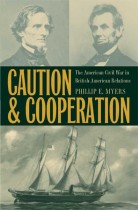The Birth of Development
Amy L. S. Staples | Filed under: Diplomatic Studies, New Studies in U.S. Foreign Relations, U.S. Foreign Relations
Grounded in archival research conducted in the archives of the World Bank, Food and Agriculture Organization, and World Health Organization, as well as in other archives in the United States, Canada, and Great Britain, The Birth of Development provides a foundational understanding for many of today’s debates on economic globalization, especially those that involve the World Bank and World Trade Organization. Given the current role of international peacekeepers and multinational aid agencies, this story is timely and makes clear that the issues that confronted early postwar planners and reformers remain in many ways unsolved even today.










